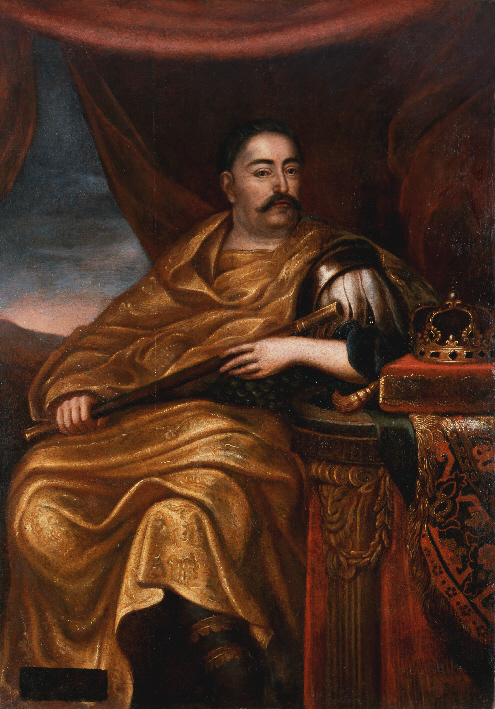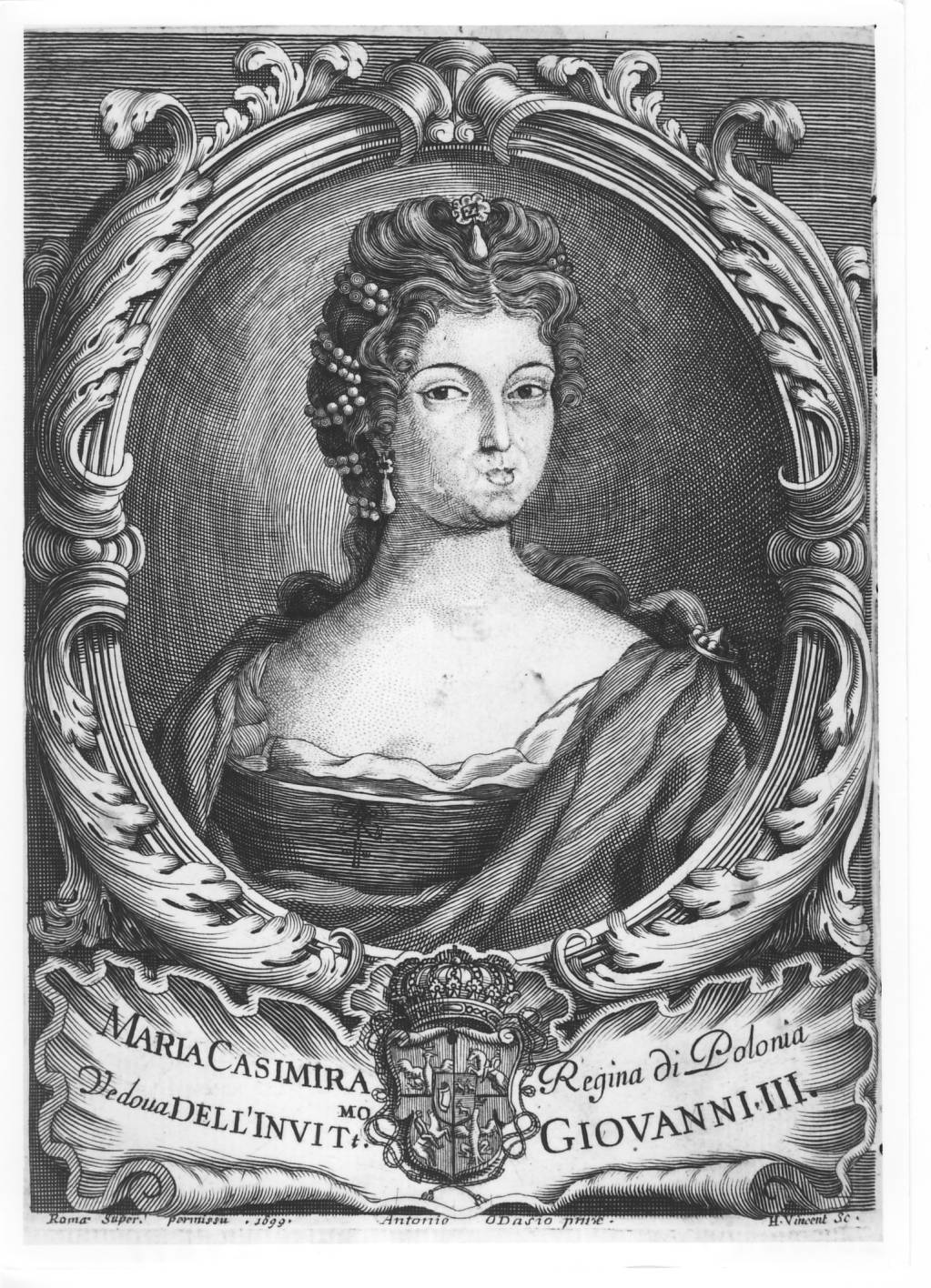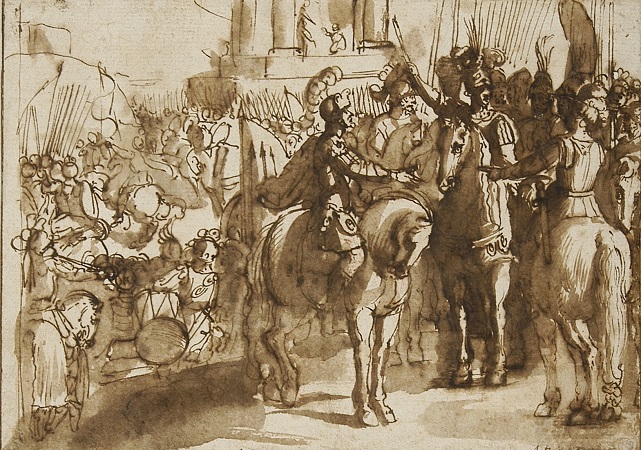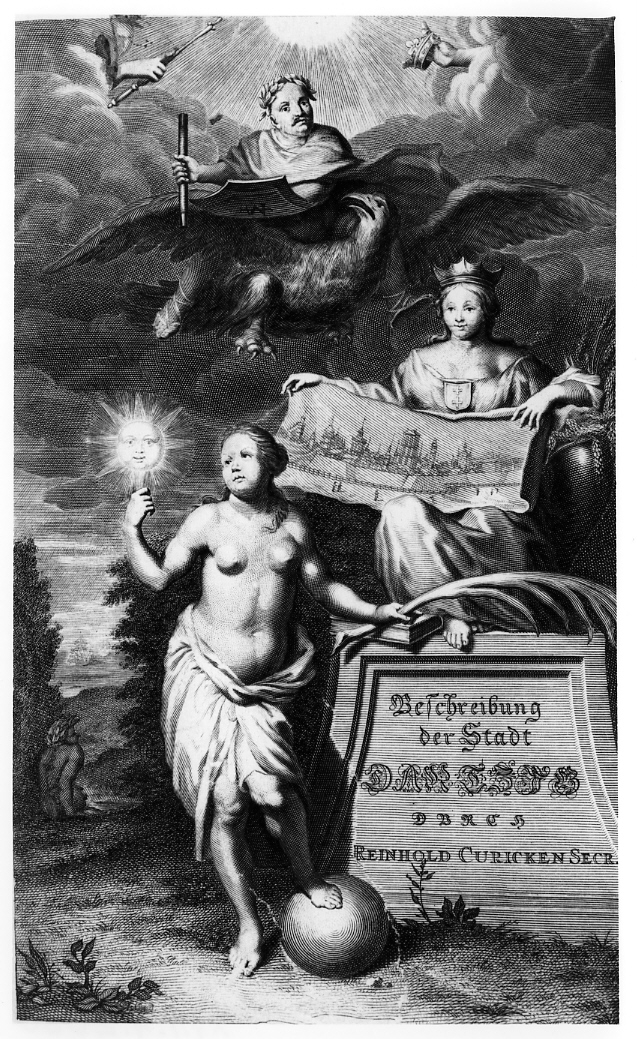At the turn of the 17th and 18th centuries, Europe was flooded with literature describing the victory over the Turkish army in the Battle of Vienna. Among the numerous publications were poems by authors who drew inspiration from this notable event. They were attracted by such a fascinating topic, especially during the turmoil of war, when the need for a heroic protagonist fighting for the survival of Christian Europe emerged. It is no wonder then that among the texts praising Jan III Sobieski’s victory there is no shortage of poems written on an epic scale, both in national languages and in Latin. Among the poems written by Polish authors there are Carmen de liberatione Viennae ab obsidione per Joannem Sobieski Regem Poloniae (“A song about the liberation of Vienna from under the siege by Jan Sobieski, the king of Poland”) and Elogiastica descriptio factorum triumphalium. Joannis III (“A praise of Jan III’s deeds worthy of a triumph”) by Jan Kwiatkiewicz, Sarmatia laureata (“Sarmatia crowned with laurel”), “The Final Vale (Farewell) of Sons of the Crown”, and “The Polish account of the victorious expedition to Vienna and Esztergom of 1683, won on the day of 12th September” by Jakub Boczyłowic, “The Turkish defeat in Vienna described in Verse” by Stanisław Jan Niewieski, Tuba vocalis famae ac aeviternae memoriae (“The trumpet of historic fame and memory”) by Wojciech Stanisław Chrościński, Io triumphale (“An exclamation of triumph”) by Jan Wojciech Janicki, “The Work of God, or Hymns of Liberated Vienna” by Wespazjan Kochowski, Fulmen Orientis Joannes III (“The Lightning from the East, Jan III”) by Wojciech Bartochowski.
Two epics, written in Latin using dactylic hexameter – the meter used in Homer’s and Virgil’s works – deserve special attention - Sobiesciados carminum libri quinque (The Five Tomes of Sobiesciada) by Andrzej Wincenty Ustrzycki and Viennis by Jan Kaliński. The content of both works reflects the historical events. Apart from the main hero of the battle of Vienna, the books describe other characters: Leopold I, Holy Roman Emperor and his emissary to the king Jan III Sobieski – Karl Ferdinand Waldstein, father Marco of Aviano – nuncio of the Holy See, Duke Charles of Lorraine, Imre Thököly – the leader of the Hungarian uprising, the captains, commanders, soldiers. The books also describe Sobieski’s movements and military actions, and special attention is brought to the last days before leaving the country. The ceremonies held in Krakow are narrated with precision worthy of a chronicle. It is known, for example, that Jan III participated in a mass, held on 10th of August by papal nuncio in the Wawel Cathedral. The sources also say that he visited the churches in Krakow and the graves of his predecessors in Wawel Castle. These facts were used by Andrzej Wincenty Ustrzycki in his epic poem Sobiesciados carminum libri quinque. Both Ustrzycki’s and Kaliński’s works used another historical event - the parting of Sobieski and his wife, which took place on 21st of August – as an attractive plot device. Both works also emphasise the warm welcome of the Polish king in Silesia.
The epic poems by Ustrzycki and Kaliński are complete works and they meet all requirements that allow us to list them as historical epics, a genre that was very popular in the medieval Poland. The authors of both epics wanted to describe the historical events in the most sublime form of poetry.
Translation: Lingua Lab





